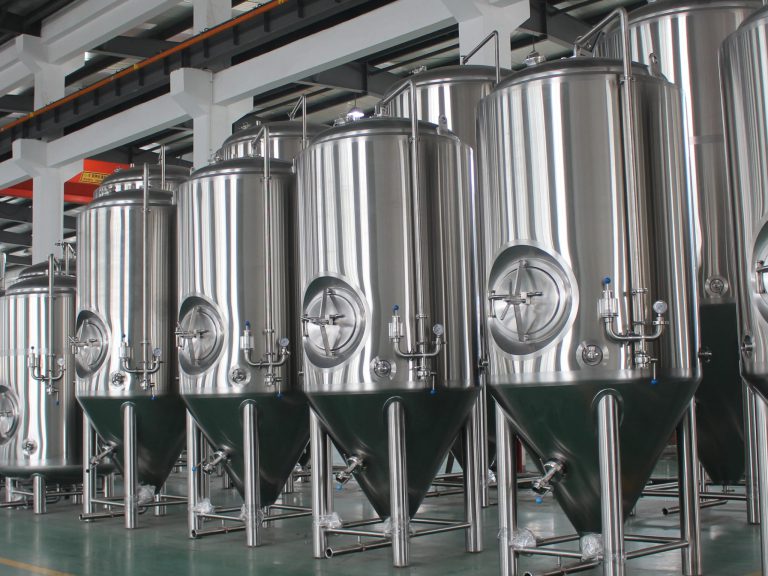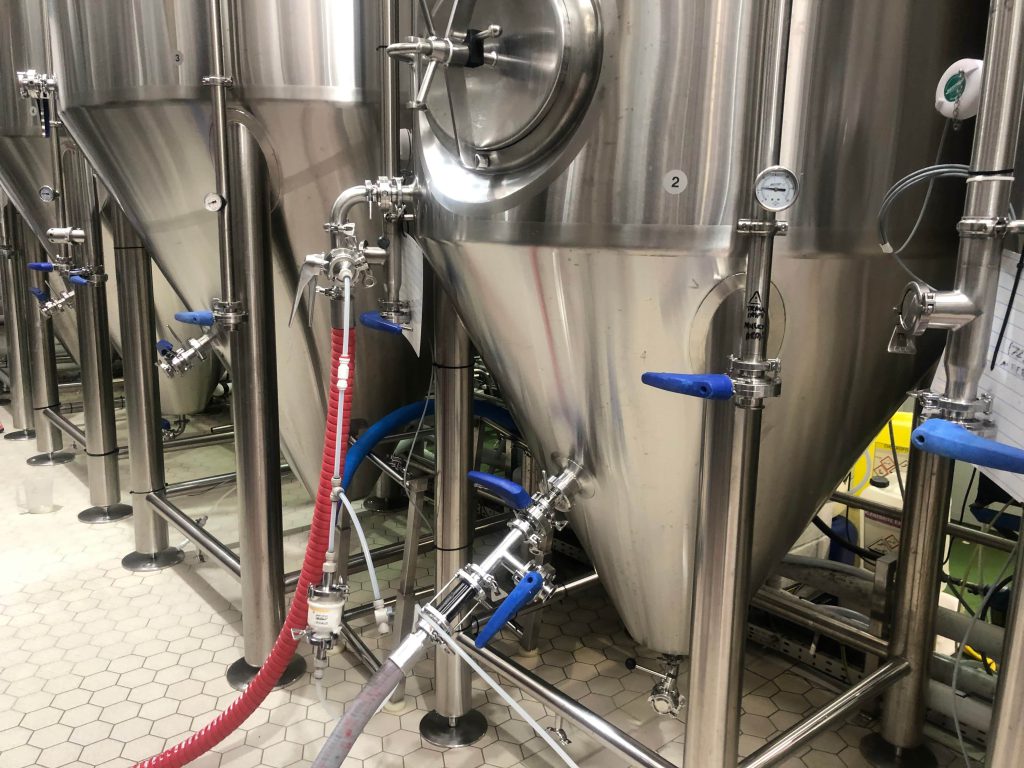Introduction

Fermentation is a fascinating process that has been utilized for centuries in various industries, including food and beverage production, biofuel generation, and pharmaceutical manufacturing. One critical aspect of successful fermentation projects is selecting the appropriate fermenting vessel. The vessel used can significantly impact the outcome of the fermentation process, influencing factors such as microbial growth, temperature control, and product quality. In this comprehensive guide, we will explore different types of fermenting vessels and provide insights to help you choose the right one for your project.
Types of Fermenting Vessels
- Open FermentersOpen fermenters are traditional vessels widely used in the brewing industry. They allow for spontaneous fermentation, where microorganisms present in the environment inoculate the fermenting wort or must. While open fermenters offer unique flavor profiles, they require careful sanitation practices to prevent contamination.
- Closed FermentersClosed fermenters, also known as sealed vessels, provide a controlled environment for fermentation by excluding external contaminants. These vessels are commonly used in industrial settings where precise control over fermentation parameters is crucial for consistency and quality. Closed fermenters are available in various materials, including stainless steel, glass, and plastic.
- Wooden FermentersWooden fermenters, often made from oak or other hardwoods, are prized for their ability to impart unique flavors to fermented products. They are commonly used in the wine and spirits industry, where the interaction between wood and liquid enhances aroma, texture, and complexity. However, wooden fermenters require careful maintenance to prevent microbial contamination and ensure longevity.
- Plastic FermentersPlastic fermenters offer an affordable and lightweight alternative to traditional materials like stainless steel and glass. They are commonly used by homebrewers and small-scale producers for fermenting beer, wine, cider, and kombucha. Plastic fermenters are easy to clean and transport but may scratch easily, potentially harboring bacteria if not properly sanitized.
- Stainless Steel FermentersStainless steel fermenters are favored for their durability, corrosion resistance, and ease of cleaning. They are widely used in commercial breweries, wineries, and biotech facilities due to their sanitary design and ability to withstand high temperatures and pressures. Stainless steel fermenters come in various shapes and sizes, ranging from small conical tanks to large cylindrical vessels.
Factors to Consider When Choosing a Fermenting Vessel
When selecting a fermenting vessel for your project, several factors should be considered to ensure optimal performance and product quality. These factors include:
- Material: Choose a material that is compatible with the type of fermentation you plan to undertake and easy to clean and sanitize.
- Size: Select a vessel size that matches the scale of your project and allows room for fermentation activity without overflow or excessive headspace.
- Accessories: Consider additional features such as airlocks, temperature control devices, and sampling ports to facilitate monitoring and control of the fermentation process.
- Budget: Evaluate the cost of the fermenting vessel, including any necessary accessories or modifications, and ensure it aligns with your budget constraints.
Comparison of Fermenting Vessels

In the realm of fermentation, selecting the right vessel is akin to choosing the perfect canvas for an artist’s masterpiece. Each vessel type brings its own set of advantages and challenges to the table, catering to different preferences, budgets, and fermentation needs. Let’s delve deeper into the characteristics of each fermenting vessel
| Fermenting Vessel | Material | Pros | Cons |
|---|---|---|---|
| Open Fermenters | Wood or Metal | Spontaneous fermentation, unique flavors | Risk of contamination, limited control |
| Closed Fermenters | Stainless Steel, Glass, Plastic | Controlled environment, versatility | Higher cost, potential for leaks |
| Wooden Fermenters | Wood | Flavor enhancement, traditional | Requires maintenance, contamination risk |
| Plastic Fermenters | Plastic | Affordable, lightweight | Prone to scratching, may retain odors |
| Stainless Steel Fermenters | Stainless Steel | Durable, sanitary design, easy to clean | Higher cost, heavyweight |
Conclusion
Choosing the right fermenting vessel is essential for the success of any fermentation project. Whether you’re brewing beer, fermenting wine, or cultivating probiotics, selecting the appropriate vessel can impact the flavor, aroma, and quality of the final product. Consider factors such as material, size, and budget when making your decision, and don’t hesitate to consult with experts or fellow fermenters for advice. With the right fermenting vessel, you can unlock endless possibilities and create exceptional fermented creations.
FAQ
What is the best material for a fermenting vessel?
The best material depends on the specific requirements of your project. Stainless steel is often favored for its durability and sanitary design, while wood offers unique flavor-enhancing properties. Consider factors such as ease of cleaning, compatibility with your fermentation process, and budget when selecting a material.
Can I ferment multiple batches in the same vessel?
It is possible to ferment multiple batches in the same vessel, but careful sanitation practices are essential to prevent cross-contamination. Consider using separate vessels for different batches or thoroughly clean and sanitize the vessel between uses to avoid off-flavors or contamination.
What is the ideal temperature for fermentation?
The ideal fermentation temperature varies depending on the type of microorganisms involved and the desired outcome of the fermentation process. Generally, temperatures between 65°F and 75°F (18°C to 24°C) are suitable for most beer and wine fermentations, but specific strains may have different temperature requirements. Consult with your recipe or yeast supplier for guidance on optimal fermentation temperatures.
How do I clean and sanitize a fermenting vessel?
Cleaning and sanitizing are critical steps in maintaining a hygienic fermentation environment. Use a mild detergent and hot water to clean the vessel, followed by sanitization with a food-grade sanitizer such as potassium metabisulfite or Star San. Ensure all surfaces are thoroughly rinsed and sanitized before each use.
How do I know when fermentation is complete?
Fermentation is typically complete when specific gravity stabilizes, indicating that the majority of sugars have been converted into alcohol and carbon dioxide. Additionally, visual cues such as the cessation of bubbles or the clearing of the liquid may indicate that fermentation is nearing completion. Use a hydrometer or refractometer to measure specific gravity throughout the fermentation process and monitor for consistent readings over several days to confirm completion.

